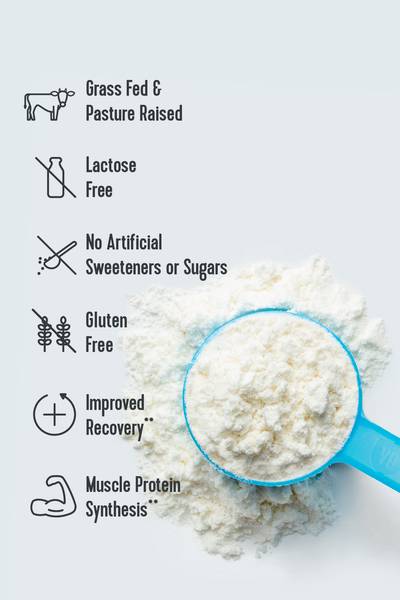HIIT training is one of the most popular types of training, and with good reason. The goal of a high intensity interval workout is to burn the greatest amount of calories in the least amount of time. These calories are burned during the workout and because there is such a great effort in the workout, the body has to work harder after the workout to return back to its norm by, you guessed it, using more energy (aka calories).
And while you may have heard of HIIT, we’re here to tell you about a workout that's just as intense, without the pounding on your joints — high-intensity, low-impact training (HILIT). We tapped Bethany Stillwaggon, ACSM-CPT, Row House Master Coach, to break down everything you need to know.
Vital Note: This article has been made available for informational and educational purposes only. It is not intended to be a substitute for professional medical advice, diagnosis, or treatment. Always seek the advice of your physician or another qualified health provider with any questions you may have regarding a medical condition. Your licensed healthcare professional can best provide you with the diagnosis and treatment of any medical condition and assist you as well in deciding whether a dietary supplement will be a helpful addition to your regimen.

What is a High-Intensity, Low-Impact Workout?
In 2017, HIIT became a top-trending exercise and has continued to ride that momentum to today. The total caloric burn during and after the workout is often the main attraction to a HIIT workout, Stillwaggon explains. Plus, it's an effective and efficient way to squeeze in an exercise session if you're in a time-crunch.
The goal of HIIT-style workouts is not only to burn calories, but also to elevate and optimize our resting heart rate, oxygen intake, muscle usage, and full-body movements.
EPOC is the official term that describes this post-exercise increased caloric burn, which stands for excessive post-exercise oxygen consumption. That means it takes more oxygen and more energy after a workout has finished in order for the body to return to its equilibrium state.
HIIT training can be high- or low-impact. High-impact means there is jumping or explosive movements as part of the workout. These movements apply pressure or impact to the joints. Low-impact means there is little to no impact applied to the joints. The lower the impact, the lower the risk of injury and greater longevity of joints.
Related Articles
Is low-impact HIIT effective?
The benefits of low-impact, high-intensity interval training lies in the programming of the workout. You get all the benefits plus the least amount of risk of injury.
"This type of training cannot be beat. It's most attractive to people who have injured themselves before or are at greater risk of injury, because it poses the least amount of risk with the greatest amount of benefits," Stillwaggon explains to Lively.
Low-impact workouts that still get your heart rate up include swimming, cycling and rowing.
Do low-impact workouts still burn fat?
Low-impact training at various intensities (low, moderate and high) will burn fat and break up muscle for rebuilding, so ultimately you will lose fat as well as build muscles, as long as you take proper rest and recovery after any HIIT-style workout.
Try This 30-Minute HILIT Workout

Here's a quick 30-minute HILIT (high-intensity, low-impact training) workout created by Stillwaggon.
Warm Up
Row (5 Minutes)
Row at varying intensities, changing every minute or so, to keep the heart rate at an ever changing rate.
Bodyweight AMRAP (7 Minutes)
Complete 10 reps of each move then repeat, resting as necessary, for 7 minutes.- Squat
- Walkout
- Alternating Lunge
- Plank March
- Push-Up
- Butterfly Sit-Up
5-Minute Ladder Row
Start at a 20-stroke per minute rate, building both rate and intensity each minute until you’ve reached 5 minutes and your greatest intensity (30 strokes per minute)
Weighted Exercises (5 Minutes)
Perform 10 reps of each exercise, resting between each set of 2 moves. Complete 4 rounds.
- Deadlift To Upright Row
- Weighted Squat To Overhead Press
Finisher 7-Minute Row
Row at your greatest endurance level for this length of time.
Cool Down & Stretch
"This workout can be altered to fit your space and time needs, but I highly recommend this workout for anyone looking to give a great deal of effort without wanting to sacrifice the possibility of injury," Stillwaggon says.















